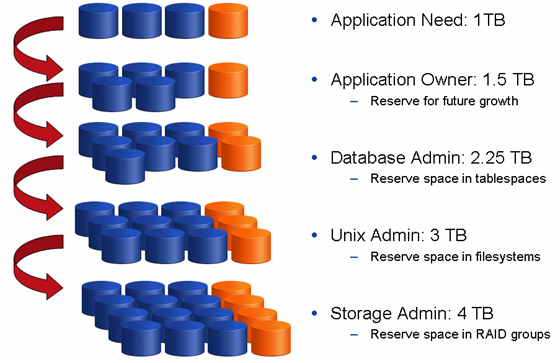I’ve been in discussions with some customers recently about what is the best way to store Oracle database data. Needless to say that the foundation should be EMC infrastructure of course, but apart from that, what kind of volume manager and/or filesystem works best for performance and other features?
There are many volume managers, and many filesystems available, more or less dependent on what hardware and operating system you run the database.
Some have a long track record, some are new kids on the block. Some are part of the operating system, others are 3rd party add-ons, for which you might need to pay licenses.
One way of storing Oracle database data is Oracle ASM.
(more…)
![]()




